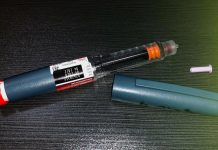The collection of data is a crucial part of any research but the data derived from it will only be valuable only if the organization is able to utilize it. You need to be able to understand and utilize high-quality data to make data-driven decisions that will improve your business. That means that you need to collect your data using methods that are accepted.
Step 2: Put your design into operation
It’s time to get your plan in place. This will vary depending on the kind of information you need to collect and will include things such as conducting surveys or interviews as well as observing get more participants in a research study, or even performing experiments and testing.
It is also possible to perform mathematical or similar operations to the data to prepare it for analysis, such as the calculation of medians, averages or even modes of numbers. You may be required to capture quantitative data as soon as it occurs, or soon afterwards, to avoid the data being lost.
It could be as easy to write down an amount or count in an notebook. It could also require software that allows you to track and monitor your performances on a computer. It is crucial to ensure that your data are accurate and reliable. Even if your results do not turn out exactly as you expected the proper record-keeping can help you identify and correct any errors that could be accidental.









